We may often hear the expression "eyes are the window to the heart". Eye gaze, can be soothing, look beautiful, sweep away, or scary and thrilling. On the other hand, the eyes can also be deceiving. In the animal world, we often find the latter 'function' in animals that have 'false' eyes whose function is to deceive, be it rivals, enemies, partners, or predators. Spots or eyeballs like these, which appear on fish, frogs, butterflies, birds and insects, and many other animals, have fascinated natural historians for centuries, and a new look at the science of eyespots reveals some of the latest surprises. 1. Caterpillars that have eyes resembling snakes This is one of the amazing camouflage forms of insect species to protect themselves from predators. Deilephila elpenor, is a giant moth from the Sphingidae family. This species can be found in England and Ireland which reaches 7.5 cm in length with green and brown body colors. When threatened, the caterpillar retracts its forelimbs toward the center, and adopts a snake-like posture with a large head and large black eye-like spheres. Their main predators are birds, but birds usually shy away (at least for some time) when these caterpillars take a snake-like pose. Dr. John Skelhorn, a biologist from the University of Newcastle, England examined how birds respond to a series of fake caterpillars which are depicted with snake-like eyes. From the study, it was stated that birds would reject caterpillars that had eyespots in front of them, where the eyes would normally be, thinking the insect was actually a snake.
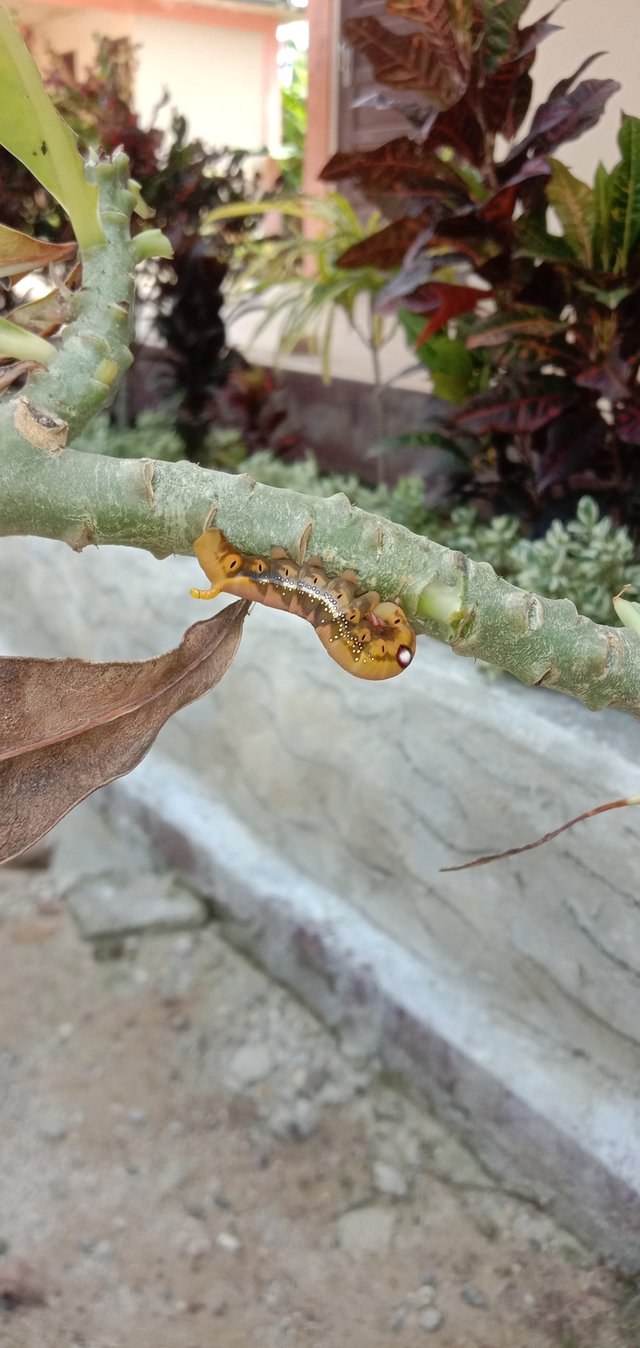
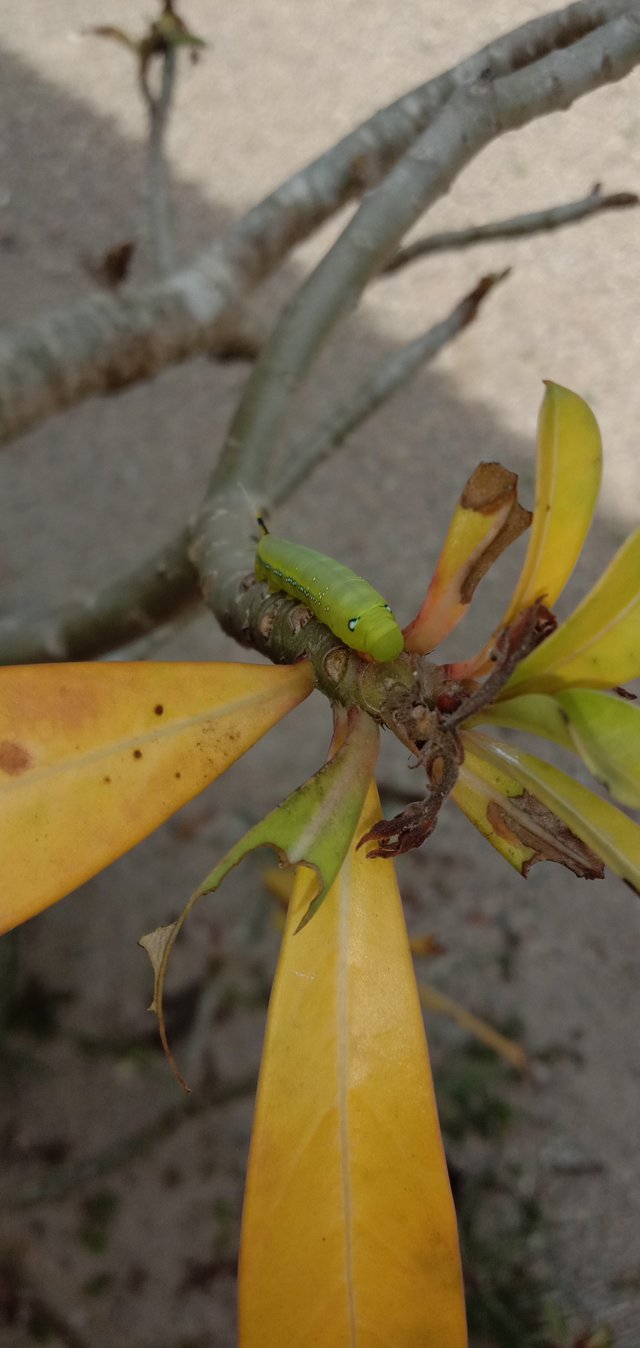
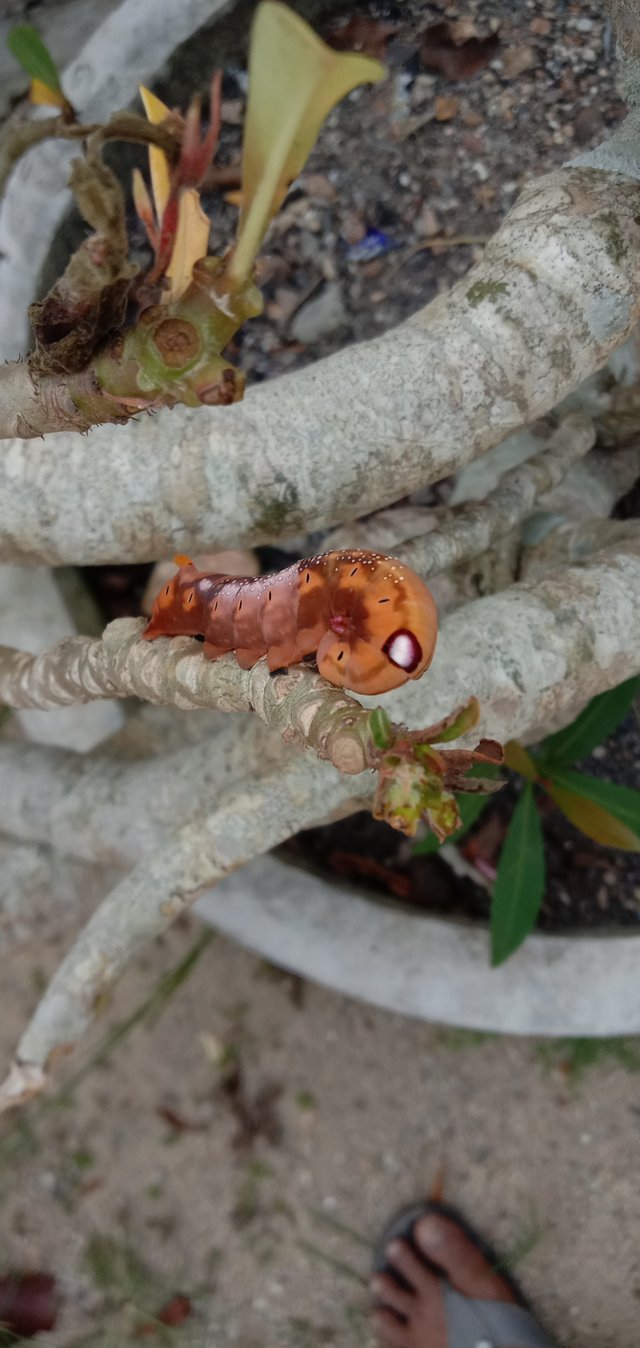
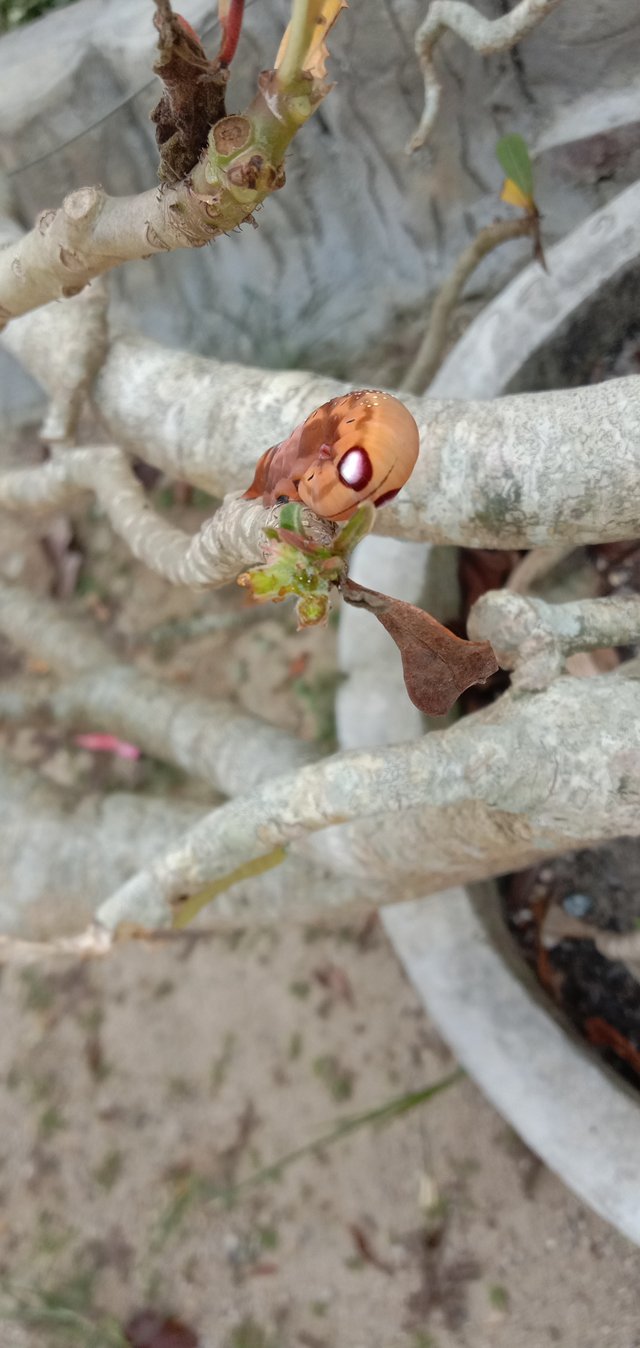
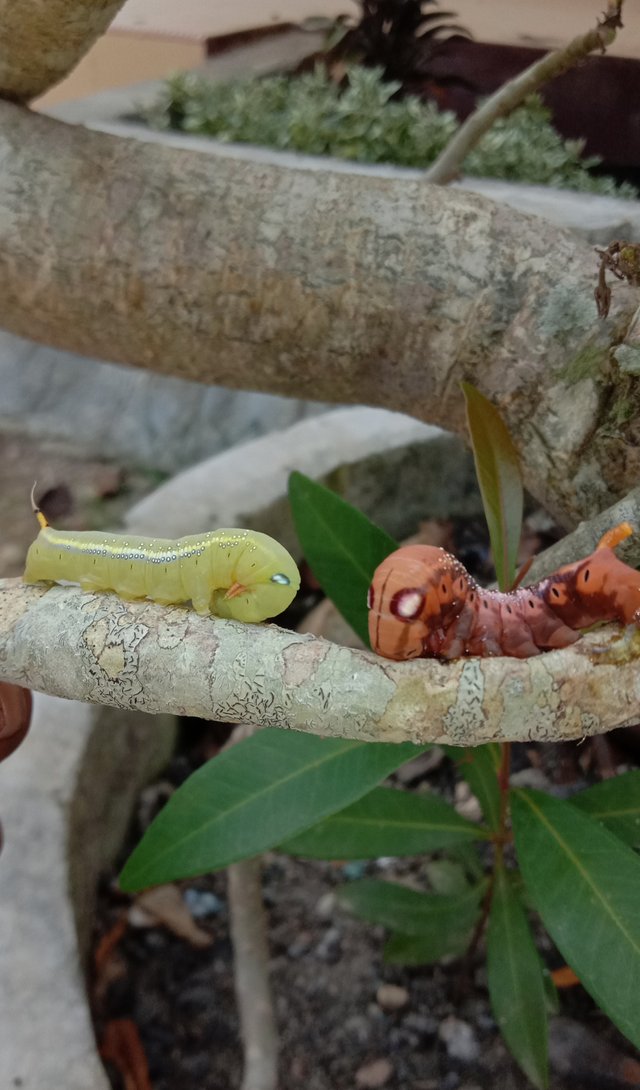
@tipu curate
Downvoting a post can decrease pending rewards and make it less visible. Common reasons:
Submit
Upvoted 👌 (Mana: 3/6) Get profit votes with @tipU :)
Downvoting a post can decrease pending rewards and make it less visible. Common reasons:
Submit